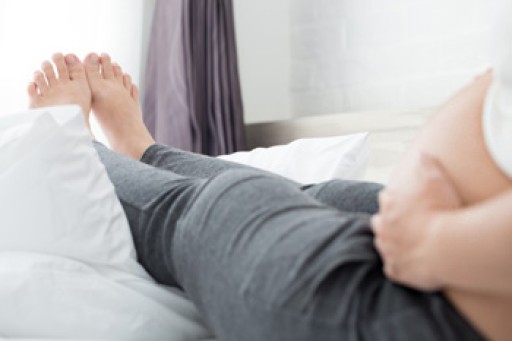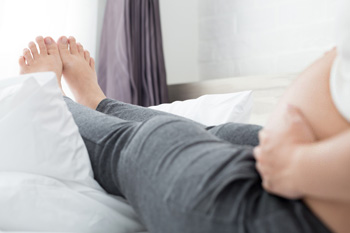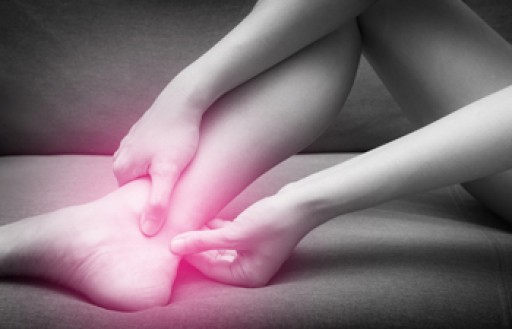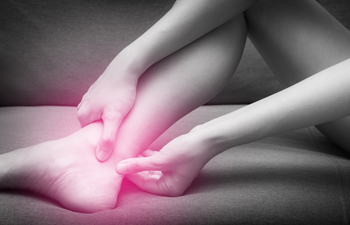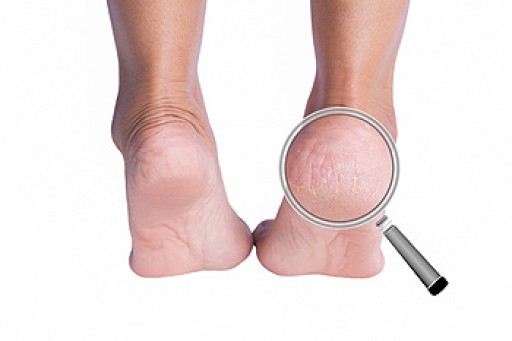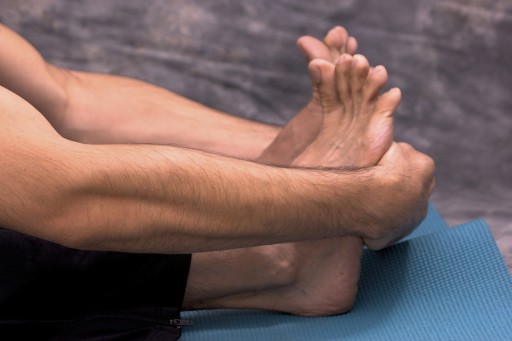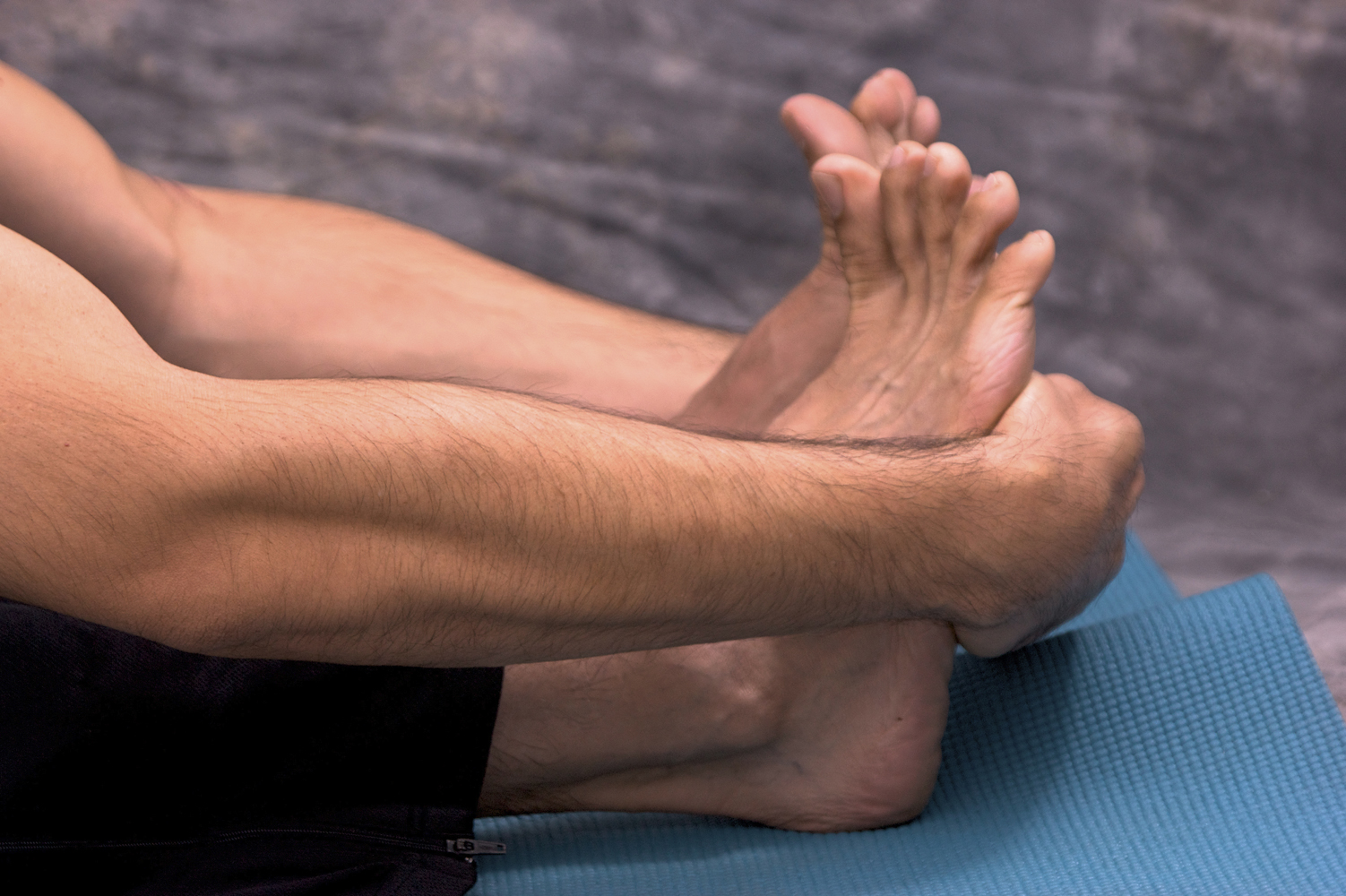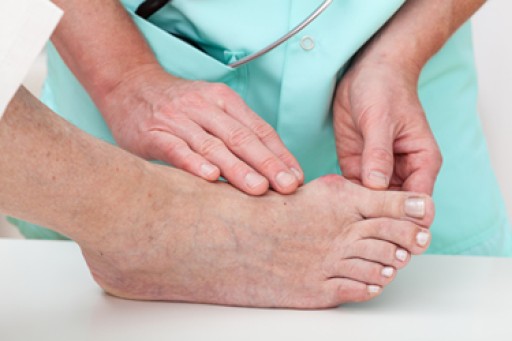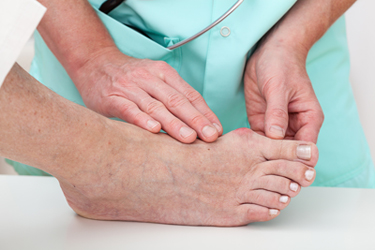Pregnancy causes many changes in your body, including your feet. Swelling in the feet or ankles (edema) may occur, especially at the end of the day or after spending time on your feet. You can help alleviate this discomfort by elevating your feet whenever you get the chance, keeping yourself hydrated, wearing comfortable shoes with low heels, exercising your feet by rotating them and flexing them up and down, and sleeping on your left side to help circulation. While edema will normally subside after pregnancy, an increase in your foot’s size may not. A hormone called relaxin is released during pregnancy to prepare your body for birth, which can also relax the ligaments in your feet, causing them to lengthen and widen. To keep your feet as comfortable as possible during pregnancy, wear flat or low-heeled shoes with good arch support. As you advance in your pregnancy, you may want to avoid laces and opt for slip-on shoes, and always check your foot size before buying new shoes. For more information on how to properly care for and dress your feet during pregnancy, consult with a podiatrist.
Getting the right shoe size is an important part of proper foot health. Seek the assistance of one of our podiatrists from Footcare Now. Our doctors will provide the care you need to keep you pain-free and on your feet.
Getting the Right Shoe Size
There are many people who wear shoes that are the incorrect size, negatively affecting their feet and posture. Selecting the right shoes is not a difficult process, so long as you keep several things in mind when it comes to choosing the right pair.
- When visiting the shoe store, use the tools available to measure your foot.
- Be sure there is ‘wiggle room’. There should be about an inch between your toes and the tip of your shoes.
- Do not always assume you are the same size, as manufacturers run differently.
- Purchase shoes later in the day, as your feet swell as the day progresses.
- If a shoe is not comfortable, it is not suitable. Most shoes can’t be ‘broken in’, and comfort should be the ultimate goal when it comes to choosing the right pair of shoes
As our feet hold our body weight and keep us moving, it is important to treat them right. Picking the right pair of shoes can provide your feet comfort and mobility without pain.
If you have any questions, please feel free to contact our offices located in Elmhurst Jackson Heights, and Astoria, NY . We offer the newest diagnostic and treatment technologies for all your foot care needs.
